 Life & Style
Life & Style
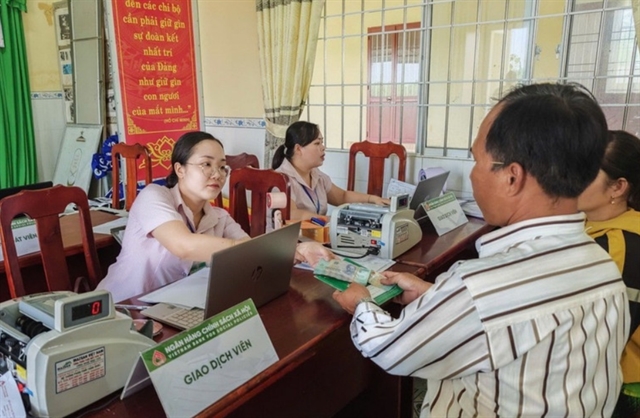
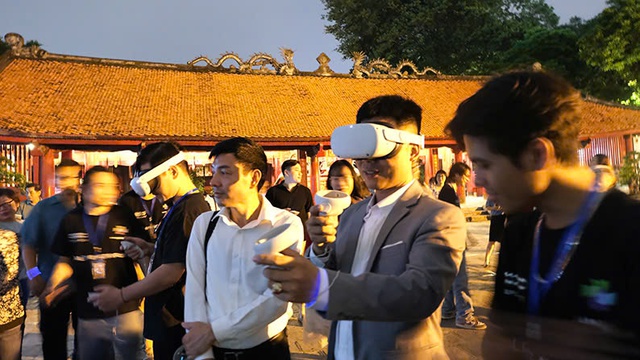
|
| Visitors experience calligraphy drawing using virtual reality technology at the Temple of Literature. — Photo thanglong.chinhphu.vn |
HÀ NỘI — The capital city is entering a phase of accelerating digital transformation in tourism development, aiming to build a smart, green and sustainable ecosystem, officials and experts have said.
Digital transformation is becoming a driving force to help Hà Nội realise the goal of developing green, sustainable and creative tourism, making the capital not only a destination but also a 'comprehensive digital experience'.
From authorities to businesses, and from heritage destinations to modern resorts, every 'digital piece' is being connected to transform the capital into Asia's creative tourism centre.
According to Hà Văn Siêu, Deputy Director of the Việt Nam National Authority of Tourism, Hà Nội has all the conditions to become the leading smart tourism centre in the region, where heritage, culture, technology and innovation converge.
"The key factor is connecting three pillars: Technology, people and institutions," he said.
The city currently has more than 130 tourist attractions, many of which are famous, such as the Temple of Literature, the Thăng Long Imperial Citadel, Hỏa Lò Prison and Hương Pagoda, which have applied electronic tickets, automatic guides and virtual reality technology (VR/AR), offering visitors typical modern experiences that are still imbued with traditional identity.
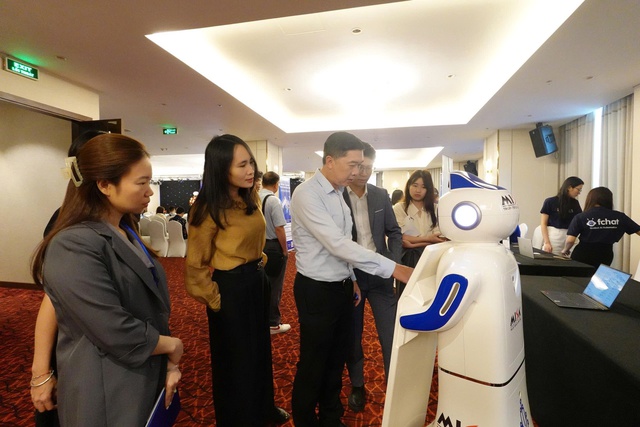
|
| The Misa receptionist robot is used in restaurants and hotels in Hà Nội. — Photo thanglong.chinhphu.vn |
With the application platform and QR Code, tourists can easily access a huge database of destinations, services, history and culture of Hà Nội. This is a step forward to fundamentally change the way tourism is promoted and experienced, moving towards higher personalisation and interaction.
Hoàn Kiếm Ward is a pioneer in launching the 'Hoàn Kiếm Tourism App' and the e-book 'Hoàn Kiếm District Tourism Guide'. With just a QR code scan, tourists can freely explore the system of relics, craft streets, and culinary spaces of Hà Nội's Old Quarter. The image of Hoàn Kiếm, therefore, appears both ancient and modern, clearly demonstrating the spirit of 'digitalisation associated with conservation'.
The 'Hà Nội Cuisine App' launched in August 2024 helps users look up locations, menus, prices and suggestions for typical culinary experiences of the capital.

|
| Travel businesses promote tours through apps. — Photo vietnamtourism.gov.vn |
It is a tool that directly connects sellers and tourists, contributing to spreading the cultural value of the capital city's cuisine in the digital environment.
In Ba Đình Ward, where many heritages such as Thang Long Imperial Citadel, One Pillar Pagoda, Presidential Palace or Quan Thanh Temple are located, the local authority has developed the website visitbadinh.com along with social network channels such as YouTube, TikTok, and Face Book fanpages to promote tourism images, creating a space to connect heritage, culture and people on a digital platform.
The Temple of Literature has deployed e-ticket sales using QR codes for group visitors since 2023, helping to reduce congestion, save time and create a modern impression.
After two years, the system has helped improve financial transparency, increase revenue, and expand digital tourism products like night tours and automatic guides, despite challenges with network infrastructure.
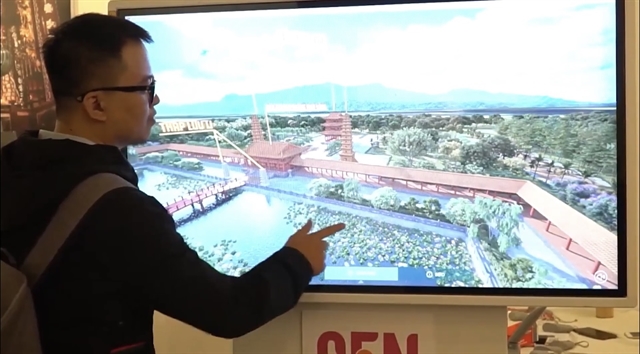
|
| A visitor uses digital technology to look for tourism information about Hà Nội. — Photo vietnamtourism.gov.vn |
Hà Nội has deployed the 'Digital Capital Citizen' (iHanoi), a citywide platform with the 'Tourism' section providing information on scenic spots, cuisine, parks, festivals and typical types of tourism. Although newly launched, this application demonstrates strong integration capabilities, contributing to the development of a comprehensive digital tourism ecosystem for the capital.
Along with that, Hà Nội's tourism digital map system and the 'Hanoi Tourism' application are being completed, aiming to unify the management of destination data, serve tourist flow forecasting, coordinate infrastructure and plan policies.
Smart tourism
Developing smart tourism is a strategic step in the digital transformation process of the entire tourism industry in the capital.
Nguyễn Hữu Việt, Deputy Director of the Centre for Tourism Information and Promotion under the Hà Nội Department of Tourism (HNDT), emphasised that each touch on the phone can open a new journey, and each technology application can enrich the experience of tourists.
Smart tourism is not only an inevitable trend but also the key to improving competitiveness and affirming the image of Hà Nội - a city with a thousand years of culture that is transforming in the digital age.
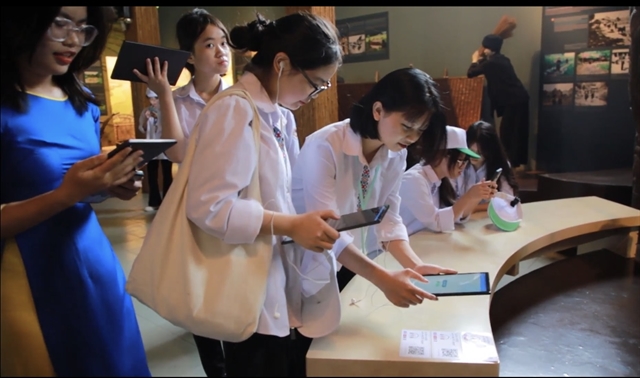
|
| Tourists visit a museum using a digital technology application. — Photo vietnamtourism.gov.vn |
According to Việt, the city has early applied technology in managing, promoting, and connecting tourism products. However, to form a comprehensive smart ecosystem, the city needs the cooperation of the government, businesses, technology partners and the community.
Recently, on August 19-20, the HNDT organised a series of seminars on three topics: travel, accommodation, and destinations, to equip businesses with solutions to optimise management and business.
Statistics show that in the first nine months of 2025, the capital welcomed more than 26 million visitors, generating nearly VNĐ100,000 billion in revenue. This marks a 24 per cent increase over the same period last year, demonstrating the strong resilience of the capital's tourism industry. In addition to digital transformation, the city also develops tourism in clusters, routes, and regions, associated with green criteria and local identity. — VNS



